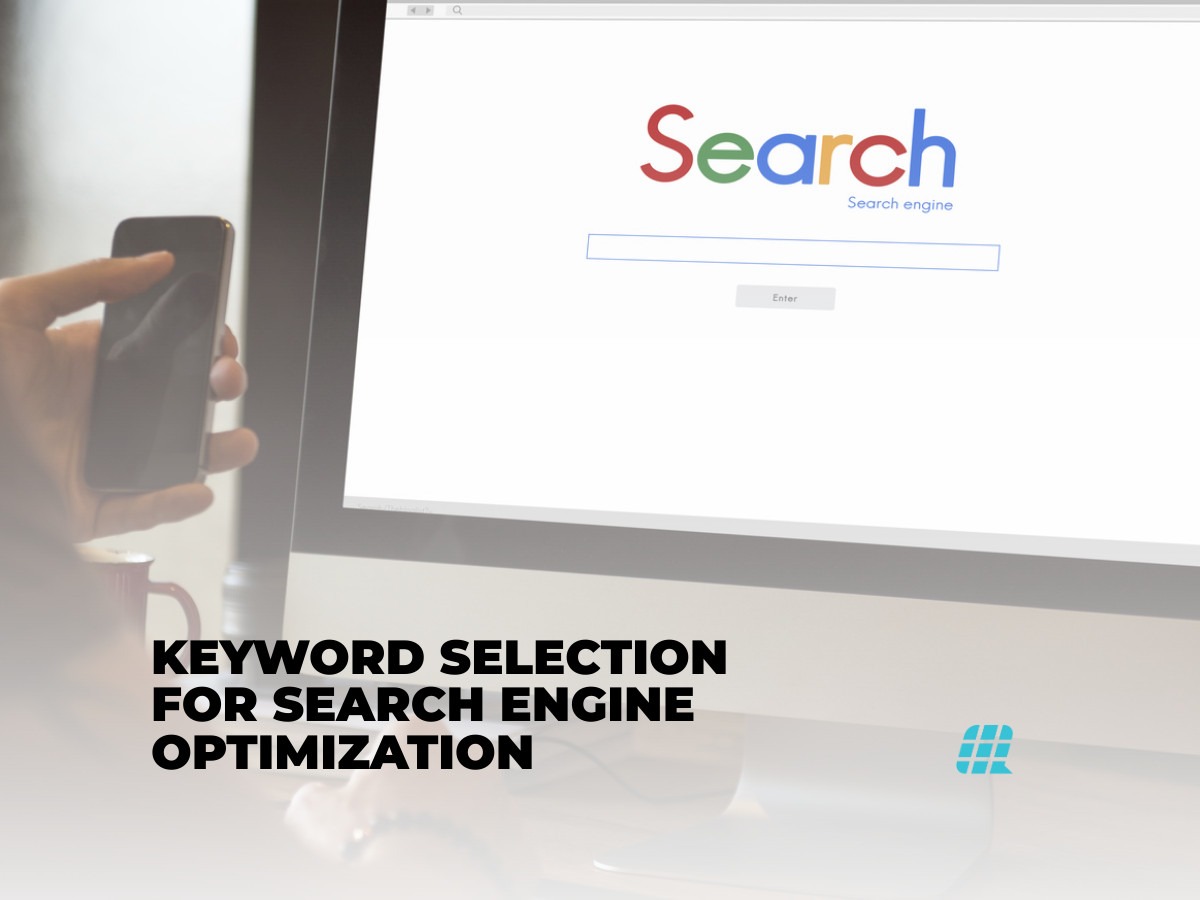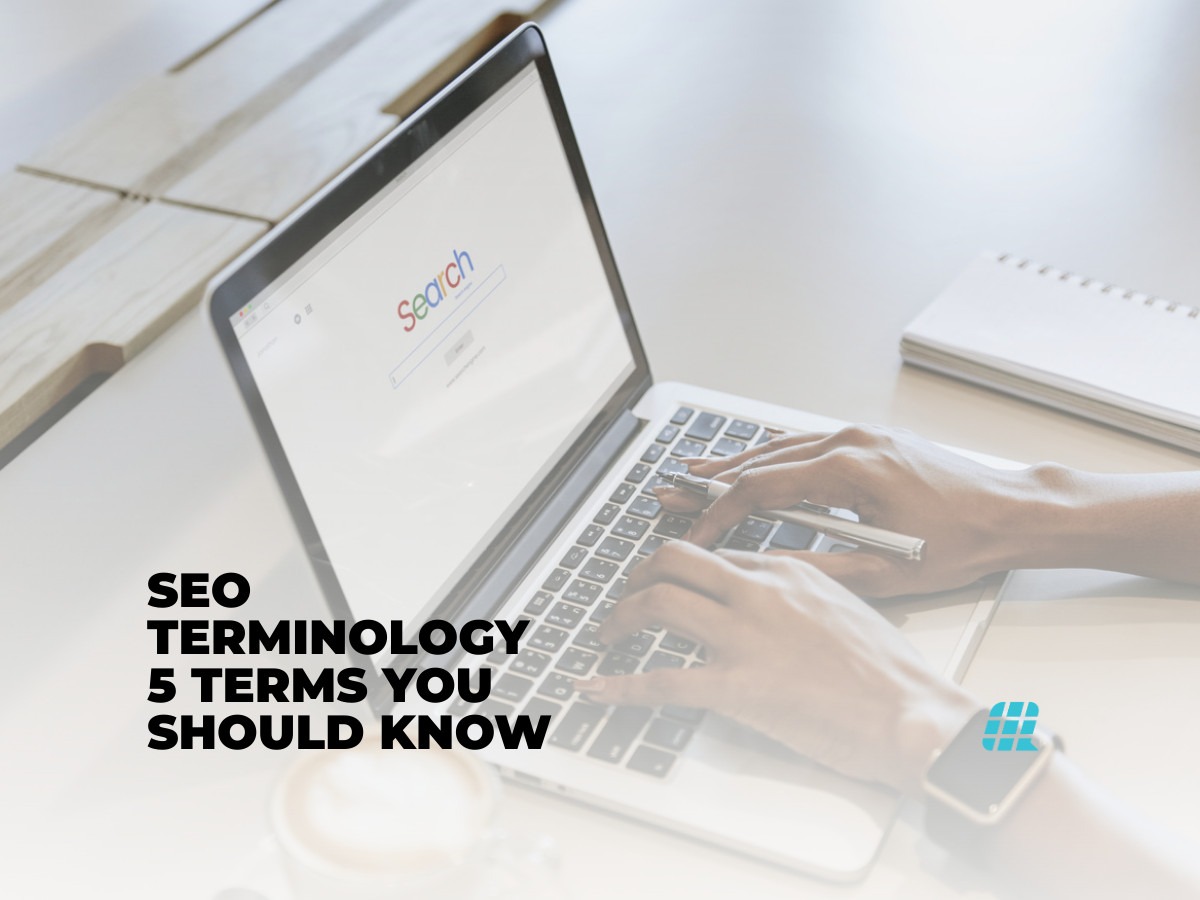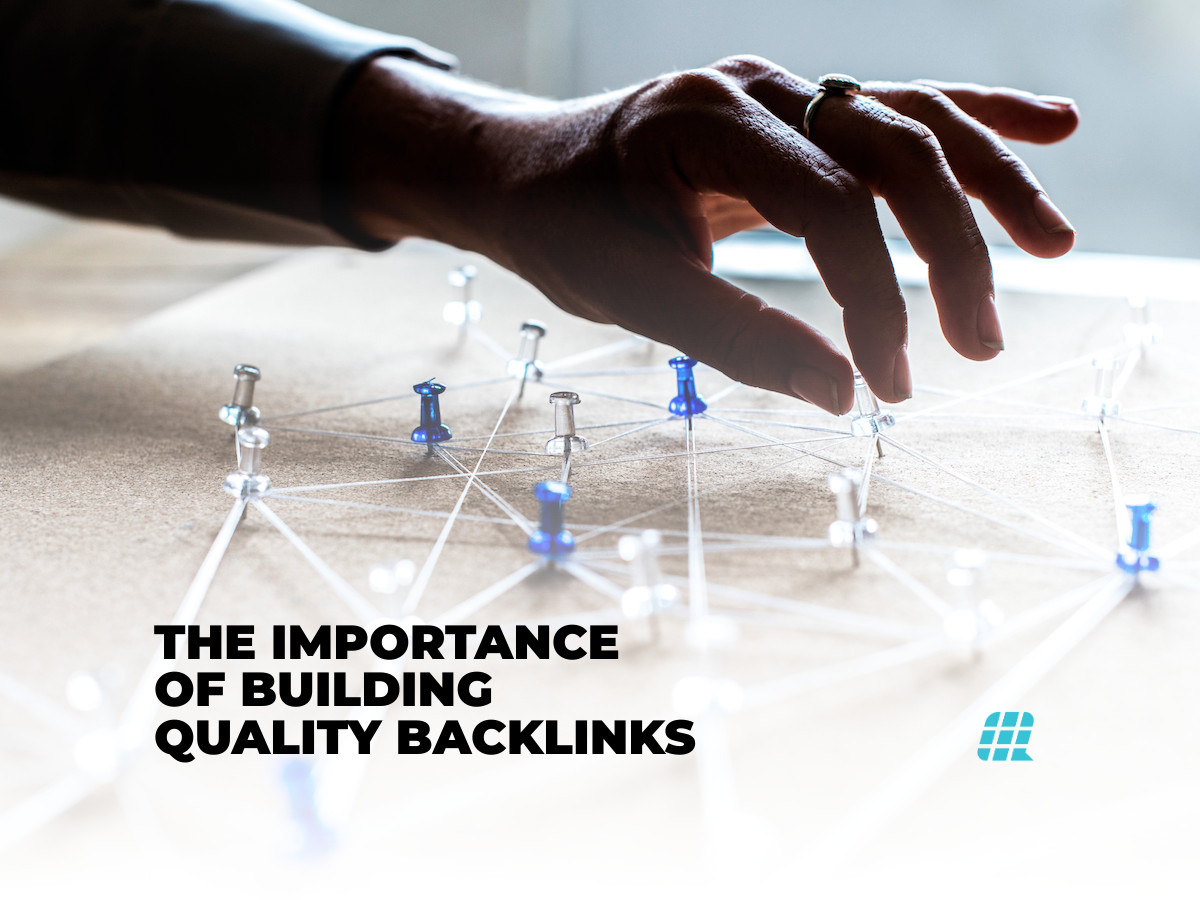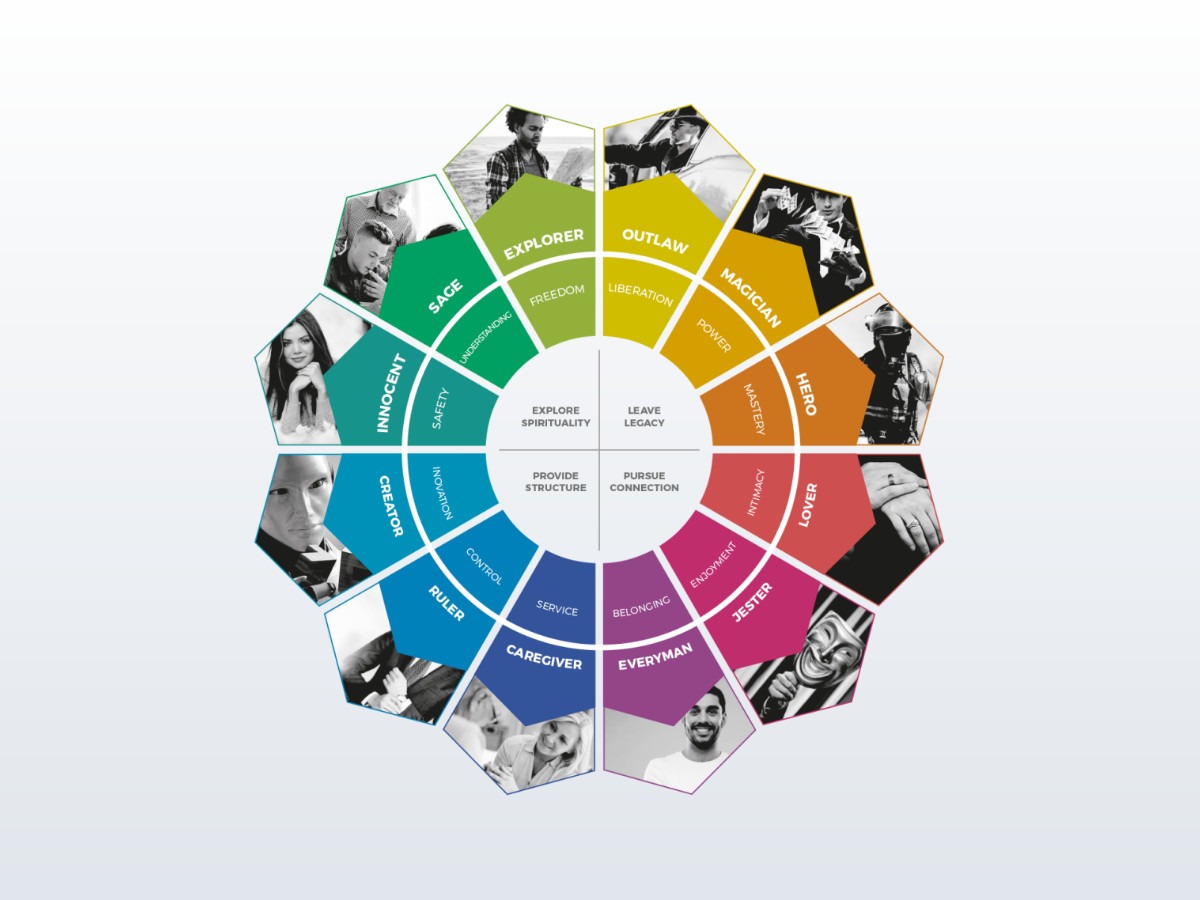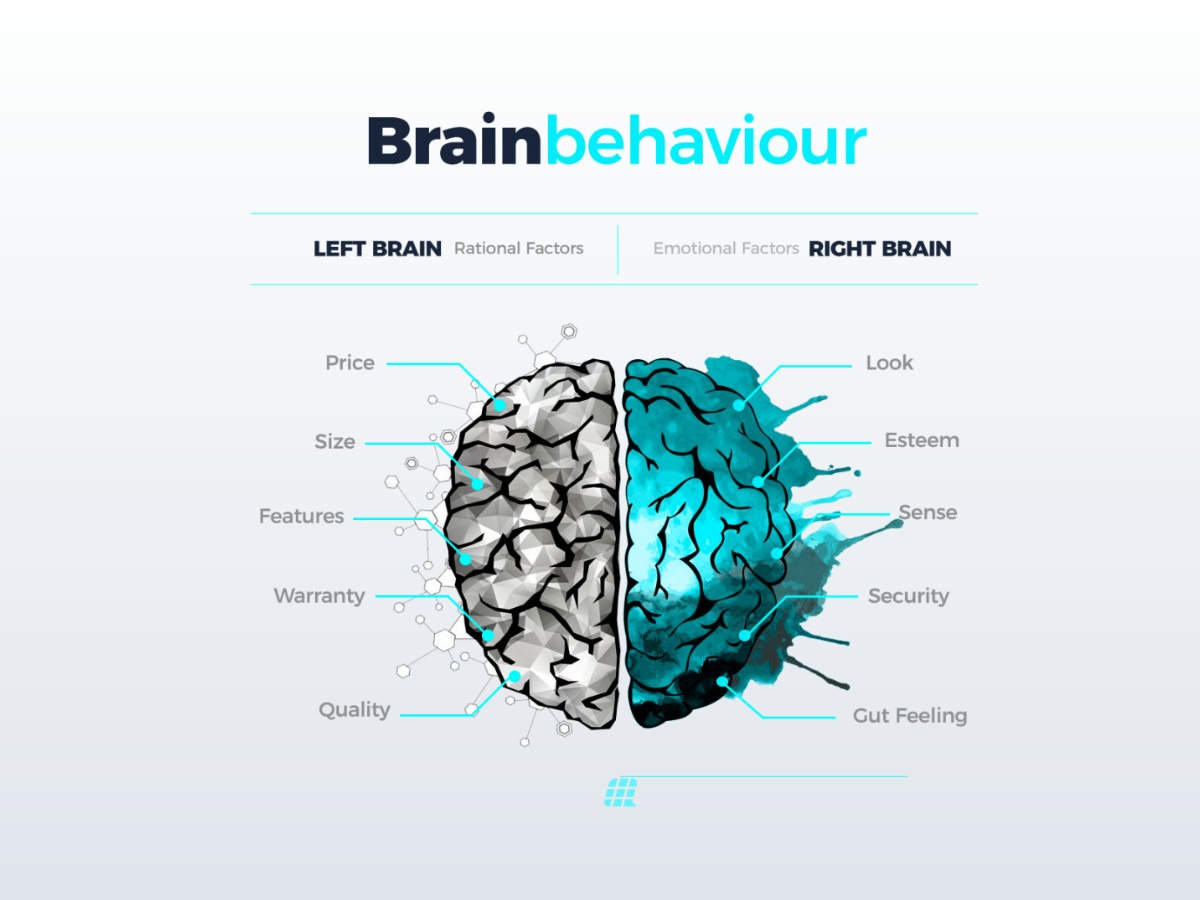Search Engine Optimization really isn’t rocket science but there is a lot to know and consider when optimizing one’s website.
At the forefront is the understanding of keywords/keyword phrases and what affect they have on your ability to get targeted website traffic.
What is a keyword/keyword phrase anyway?
It’s the word, or words, that internet users are typing in when they conduct an internet search. Fortunately for us, there are a variety of tools that keep track of this incredibly valuable data.
With that understood, here are some tips to help you choose the right keywords for your website… keywords that will draw the specific type of visitors you are looking for.
Keyword tools
There are a variety of keyword tools, both free and paid. Unless you are an SEO professional, you’ll probably want to use the free tool provided by Google.
To find it, simply conduct a search on Google for the term (aka keyword phrase), “Google Keyword Tool.” As Google has done its job to optimize for this keyword phrase, you’ll find it to be the first “organic” listing on page one of the results.
Search Volume
Search volume is an indicator that tells you how many times a particular keyword phrase is searched upon. The data is “search engine specific” so you will find that the numbers differ depending on which search engine’s data you are looking at.
It’s important to note that Google now tracks “local” and “global” search volume separately and can even tell you how frequently someone is searching the term with a mobile device.
Most SEO Consultants disagree as to the accuracy of the data so you should consider the data to be more “comparative” than accurate. For example, if “keyword phrase #1” is said to get 3,000 searches per month and “keyword phrase #2” is said to get 500, it’s safe to say that keyword phrase #1 is more searched upon.
Competition
It’s vital to remember that most search engines only show ten “organic” listings on any page of the SERPs (Search Engine Results Pages). Because of this, you are competing with the websites/web pages that are already ranked for the keyword phrase(s) you have chosen.
In order to get your web page listed on “page one” for a particular keyword phrase, you are going to have to outperform one of your competitors.
There are many factors to consider when gauging competition but the main ones include:
- On-page Optimization – In other words, how well have they optimized their page around the keyword phrase(s) they are ranking for.
- Age of the domain – Generally speaking, the older the domain, the better.
- Domain extension – Although you can improve the SEO of any website, those with a .com, .org, .net, .edu, .gov or a country specific domain tend to rank better than those with other extensions.
- Inbound links – The amount of links the page has from other websites as well as those coming from other pages of the site itself.
Keyword Selection For Search Engine Optimization – Intent
Before finalizing your keyword list, it’s best to see if you can get into the mind of the person conducting the search. While your keyword research will tell you what keyword phrases are being searched upon, do you really know what they are looking for?
Keyword Selection For Search Engine Optimization – Here’s a real-world example:
Let’s say I wrote a book on emergency first aid and CPR and am looking for keyword phrases to promote my book. During my keyword research I find that the keyword phrase, “how to save a life,” is searched more than 40,000 times per month. I get excited because this phrase seems perfect for promoting my new book. But is it?
I dig a little deeper and find that this phrase will be meaningless for me. Why? It’s because the average searcher isn’t looking to actually save a life, they’re looking for information (lyrics, the music itself) for the song, “How To Save A Life” by The Fray!
The search volume is great, but the intentionality of the search is different than what it appears on the surface.
Keyword research is paramount to Search Engine Optimization and the ability to increase targeted website traffic. It’s best to avoid rushing in as this is the foundation for which all other SEO tactics will be built upon.

